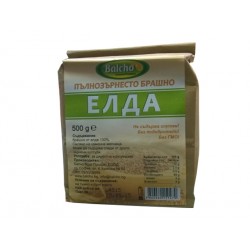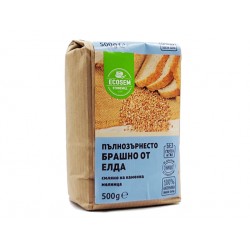When you hear the word buckwheat (Fagopyrum esculentum), unconsciously think of grain. This plant is not cereal and are related to rhubarb and sorrel. Buckwheat comes from East Asia, where it was known before 6000, and the only in the Middle Ages became known in Europe. Buckwheat is very important for our balanced diet.
It is particularly modest during growth. It grows on sandy soil in a deserted places. The plant is an annual, and his plodchetata are 4 to 6 mm nuts, which in its shape resemble beech seeds. The fruit are rich in vegetable proteins, and the concentration of phosphorus, iron, copper, calcium, and vitamins is medium-high. Buckwheat is gluten-free food and is recommended for those suffering from celiac disease. Who has a sensitive stomach can easily incorporate this food dietary meal.
The major manufacturers (Top 5) of buckwheat are Russia, China, Ukraine, France and Poland.
Recipe 1: Strengthening the nerves with buckwheat
People who suffer exhausted nerves have great mental stress, they can use it without hesitation. Make a mess of roughly ground wholemeal flour from buckwheat, which is boiled in milk. Allow to stand covered and before you eat, sweeten it with honey.
Recipe 2: buckwheat tea
During the flowering buckwheat her rip stems and dry them. From this dope into 2 teaspoons and pour 250 ml boiling water. Soak for 15 minutes and strain. Drink 2 times a day. The infusion is good for maintenance therapy in itch on puritus (very intense itching) and eczema.
Recipe 3: High blood pressure
With aging appear complaints such as high blood pressure and hardening of the arteries which need to be taken seriously. Dishes such as eggs, cheese, fruit hulls and all kinds of meat should be replaced with foods that contain buckwheat, and also to limit the salt and vinegar. Recommended raw food, fresh salads, which are seasoned with lemon, whey or vegetable oil.






